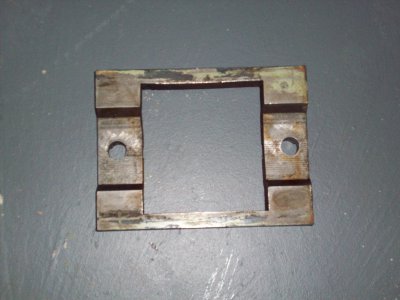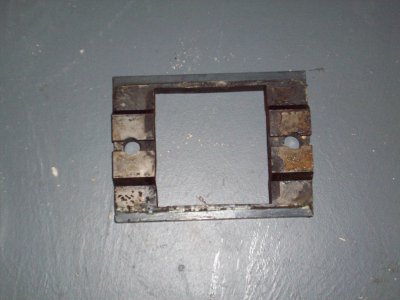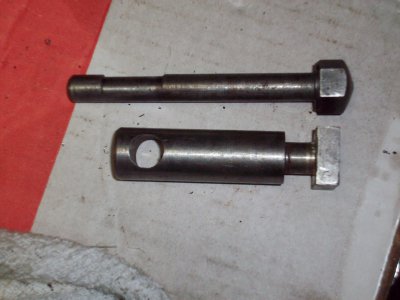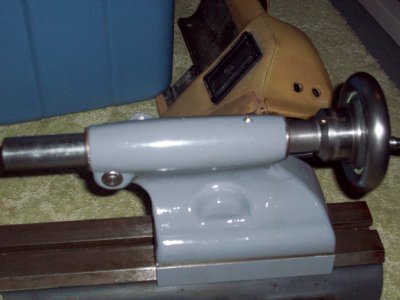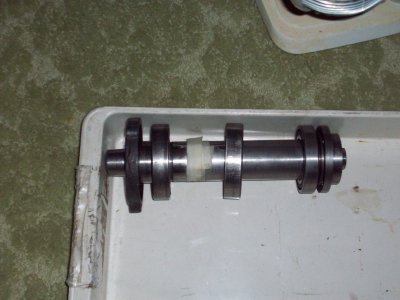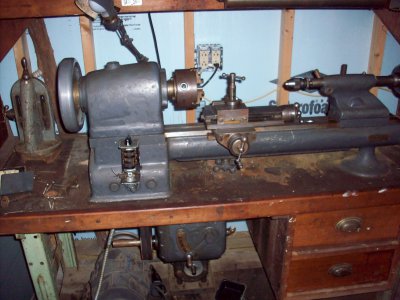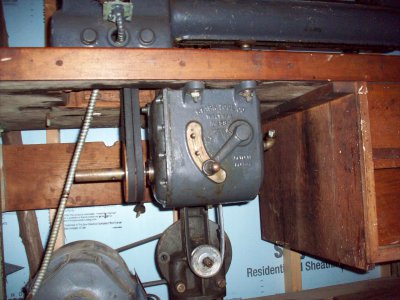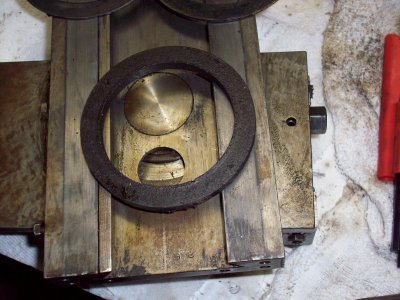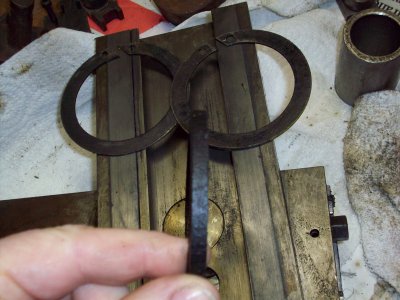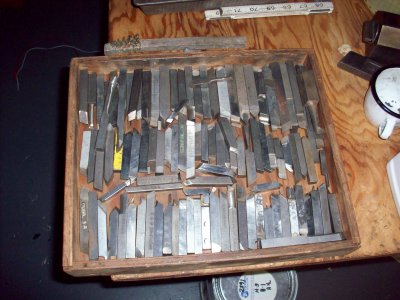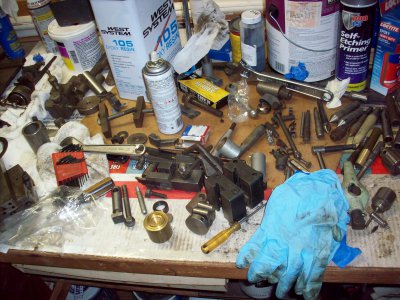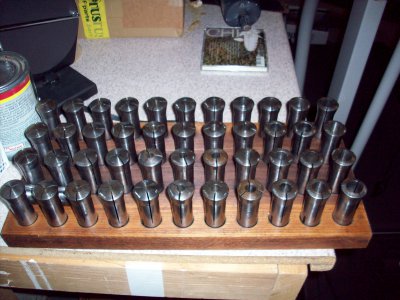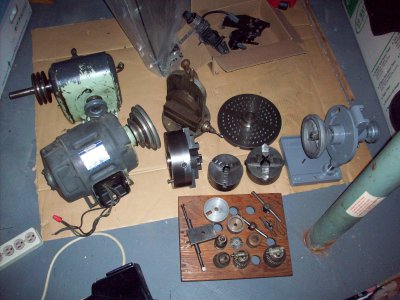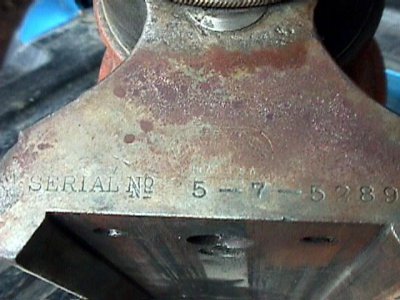The tailstock looks good!
Here is a picture of mine after cleanup and paint:
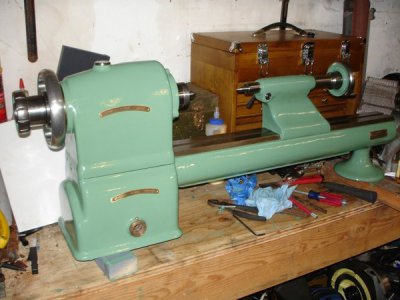
On the back of the headstock is a little access cover, this sheet metal cover should have some numbers stamped in it, the first 2 numbers are the model, the rest make up the serial number. Mine looks like this :
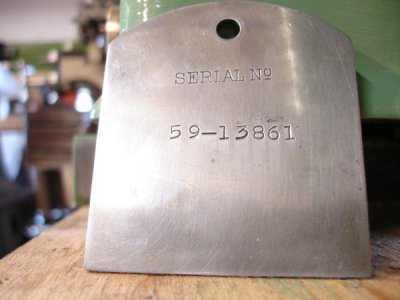
From looking at the pictures my guess is this is a 3c 7" swing lathe, if my guess is right, the first 2 numbers on the access plate should say 37. Since this is a ball bearing headstock it should be called something like a "Enclosed head BB37 precision bench lathe" as far as I can tell.
I am not sure where to get the cork seals, I have never gone down this road before, but I know others have. Can you show pictures of the seals? As for felt seals, you can get raw sheets of felt to make your own, I have had to do this for older none ball bearing headstocks.
Without the riser blocks, this is a 7" swing lathe, and with, it is a 9" swing lathe. Your in a good situation as far as most of the accessories are concerned because you can set your lathe up for either swing. I think your cross slide is a later 9" swing version, looks nice.
If the spindle is 3c its gonna be a little harder to find collets and quite a bit harder to find chucks or other spindle attachments.
Tyler
